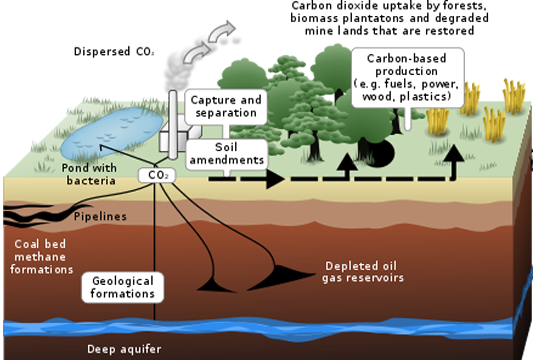SYDNEY, Nov 28, 2019 (BSS/XINHUA) – A giant drilling rig has arrived in
Australia’s Port Phillip Bay and will soon head out into the Bass Strait to
test whether carbon dioxide (CO2) emissions can be permanently stored safely
in deep sea rock structures.
Part of a Victorian government initiative to reduce the State’s carbon
footprint, the CarbonNet project aims to capture CO2 emissions from
industries in the Latrobe Valley, transport the gas via pipelines and store
it in rock layers deep under the earth’s surface offshore.
Known as Carbon Capture and Storage (CCS), if the scheme is successful,
Victoria’s Minister for Resources Jaclyn Symes said on Wednesday evening, the
State could stop the equivalent emissions of over 1 million cars per year
over a 25-year period, going into the atmosphere.
“CarbonNet has the potential to store a wide range of emissions, from
fertilizer and hydrogen production to energy generation,” she said.
“These investigations are important steps in delivering climate change
action – if the Pelican site (in the Bass Strait) is successful, it will be
significant in achieving our emissions targets.”
Trialed extensively in Victoria and around the world, CarbonNet is one of
51 CCS projects currently proposed or in place globally.
For the past decade, leading Aussie research group CO2CRC has safely stored
80,000 tons of CO2 at its Otway facility in Victoria.
“We’ve proven the science behind CCS and now it’s time to test that work
into action at the Pelican site, helping secure a low emissions future for
Victoria,” Symes said.
Expected to take between 45 to 60 days to drill down into the deep sea rock
layer, the 150-meter tall Noble Tom Prosser rig is set to begin its journey 8
km offshore in the coming days.



